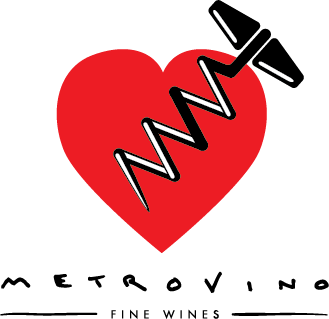Written by Karen Ralph
While waiting for a cab at the train stain in Strasbourg, Alsace, we watched two seriously drunk backpackers trying to figure out if they were in France or Germany. Their confusion was warranted: Alsace has been part of Germany at least four times, and at first glance the city looks like a German fairy tale come to life. Storks were nesting on the roofs of the half-timbered houses, narrow, mossy, cobbled streets wandered throughout the city, the cuisine featured a lot of sauerkraut and sausage, the wine bottles were the classic German flute and street signs often in German and French attested to an often contentious shared history.
Strasbourg was steaming in the August humidity and a delicious glass of Alsatian Riesling would have been perfect but we were staying on a barge and had to locate it. We knew it was moored quayside on the Canal de la Marne au Rhin. The boat’s captain, my companion, said it was easy to reach by foot or bicycle but difficult by car. This was true, but when we finally arrived we were directly across from Strasbourg’s historic Petite-France district and the spire of the Cathedral de Notre-Dame was impossible to miss.
Surrounded by canals that split off from the River Ill, Petite-France is an island unromantically named for the "hospice of the syphilitic,” built in the late fifteenth century to cure syphilis. From the middle ages to the late 20th century it was the poorest part of Strasbourg, home to mills and tanneries that polluted the water in which residents fished. Some of the buildings date back to 1570 and have been converted into restaurants and shops, a long way from Petite-France’s dirty, diseased, destitute past.
Using the Cathedral de Notre-Dame as a landmark we ended up directly in front of the church’s delicate Gothic, West Facade. Built between 1176 and 1439, at 466 feet, it’s the sixth tallest church in the world. We were lucky to find a curb-side table at a busy restaurant within Cathedral Square. Reading the brief, chalk-board menu we heard the waiter speaking French, German, Swiss and Italian to other customers.
Approaching our table, he listened to me say “Bonjour” and before I could continue asked in perfect English if we had any questions about the menu. He was the only waiter on the full patio and didn’t have the time or the need to indulge our poor language skills. In English, we ordered a bottle of dry, lean, Alsatian Riesling and two classic Alsatian dishes: Tarte Flambée and Choucroute Garnie. The prices were reasonable, and discretely looking at dishes served to other tables, the portions didn’t look too small or too large.
Sauerkraut originated in Eastern European and Germany and was accepted in the 1600’s by the Alsatians who call it Choucroute. All parties agreed that it should be made with Riesling, juniper berries and contain at least three types of sausage and boiled potatoes. I’d read about but never had a Tarte Flambée which consisted of a thin crust topped with fromage blanc or crème fraîche, thinly sliced onions and bacon lardons baked in a hot oven. It sounded like a variation on flatbread or pizza, although I’d read that Alsatian’s hate the pizza comparison as much as they hate being told their dialect sounds Germanic.
Regardless, when our waiter approached carrying what looked like an extra-large pizza we had trouble finding room for it on our tiny round table. I was worried if the Tarte Flambée was a big as the table what did the Choucroute Garnie look like? I had my answer when a massive platter of sauerkraut, four types of sausage, wedges of boiled potatoes and three types of mustard was wedged precariously onto the table.
We ate what we could, and afterwards took a short walk around the square before stopping at a bistro for a glass of Alsace’s famous Eau de Vie. The clear, dry, alcohol made from the fruits of the region was aromatic, powerful and pure. It was the perfect drink for Strasbourg: a city that is now the official seat of the EU, the cycling capital of France and a world leader in clean, efficient public transit. Despite invasion, violence and major forced culture changes, the people maintained their own uniquely diverse identity.
___
On Wednesday April 20, join us for a sit-down dinner at the Cookbook Co. Cooks and taste the rich and varied flavours of Alsatian dishes paired with our favourite regional wines. Get tickets for Altitude, Attitude & Alsace, one of our upcoming Spring Tasting events HERE.




